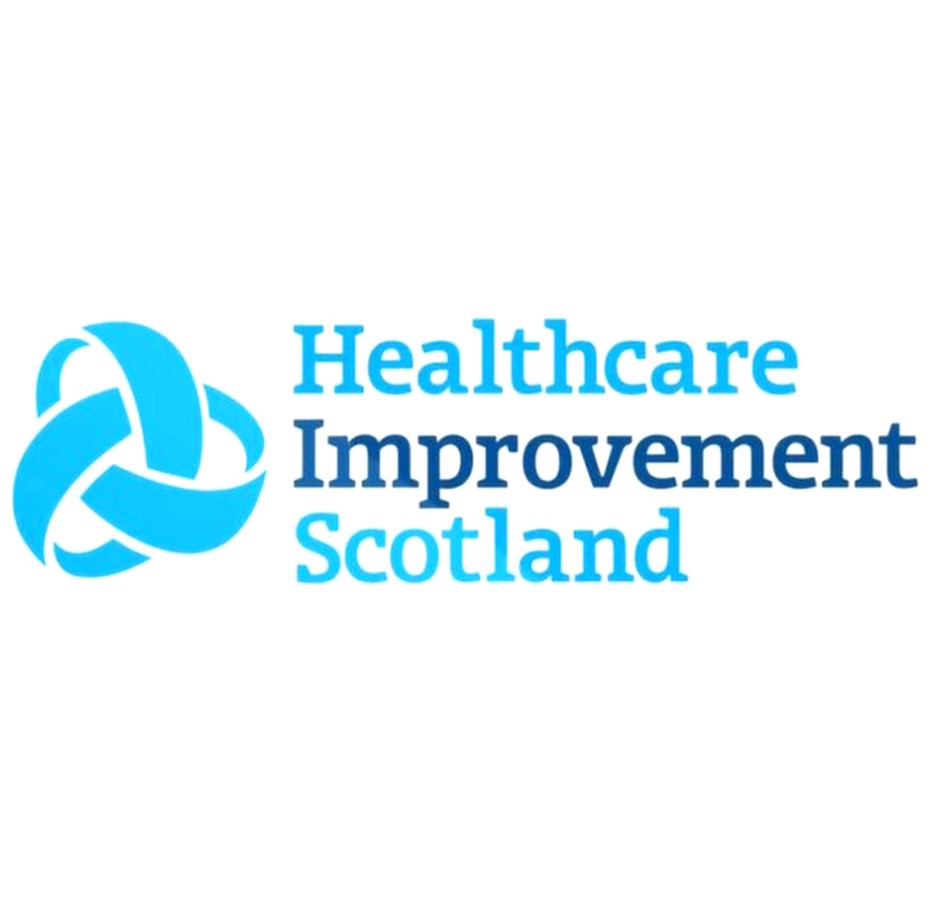- Undertake a holistic assessment using a multiprofessional approach.
- Ask the patient to rate symptom severity and assess the level of associated distress or anxiety. Use appropriate scales, eg modified MRC Dyspnoea Scale.
- Explore the patient's understanding of the reasons for breathlessness, fears, impact on functional abilities and quality of life.
- Clarify the pattern of breathlessness, precipitating, aggravating and alleviating factors, and associated symptoms.
- Check oxygen saturation levels using a pulse oximeter. Note that readings may be less accurate in people with dark skin tone, so this should not be used as the only assessment measure.
- Assess for any potentially reversible causes of breathlessness, such as infection, pleural effusion, anaemia, arrhythmia, pulmonary embolism and bronchospasm.
- Determine if treatment of the underlying disease is appropriate. Seek advice if in doubt.
- If there are signs and symptoms of superior vena cava obstruction or stridor refer to the specific guidance for those conditions.
- If in last days of life, refer to Care in the last days of life.
Breathlessness

Breathlessness is a common symptom for patients with advanced cancer, chronic obstructive pulmonary disease (COPD), pulmonary fibrosis or heart failure. It can be associated with any combination of physiological, psychological, social and spiritual factors. The impact of, and distress caused by, breathlessness are often underestimated.
Al-Halawani R, Charlton PH, Qassem M, Kyriacou PA. A review of the effect of skin pigmentation on pulse oximeter accuracy. Physiol Meas. 2023 Jun 1;44(5):05TR01. doi: 10.1088/1361-6579/acd51a.
Barnes H, McDonald J, Smallwood N, Manser R. Opioids for the palliation of refractory breathlessness in adults with advanced disease and terminal illness. Cochrane Database of Systematic Reviews 2016, Issue 3. CD011008. DOI: 10.1002/14651858.CD011008.pub2. Accessed 23 January 2025.
Birch F, Boam E, Parsons S, Ghosh J, Johnson MJ. Subcutaneous furosemide in advanced heart failure: service improvement project. BMJ supportive & palliative care 2023;13(1):112-6. https://doi.org/10.1136/bmjspcare-2020-002803
Brown A, Westley K, Robson J, Armstrong L, Matthews I, Runnett C, et al. Furosemide in end-stage heart failure: community subcutaneous infusions. BMJ supportive & palliative care 2022;12(e6):e763-e6. https://doi.org/10.1136/bmjspcare-2019-002158
Hasegawa T, Ochi T, Goya S, Matsuda Y, Kako J, Watanabe H, Kasahara Y, Kohara H, Mori M, Nakayama T, Yamaguchi T. Efficacy of supplemental oxygen for dyspnea relief in patients with advanced progressive illness: A systematic review and meta-analysis. Respir Investig. 2023 Jul;61(4):418-437. doi: 10.1016/j.resinv.2023.03.005
Haywood A, Duc J, Good P, Khan S, Rickett K, Vayne-Bossert P, Hardy JR. Systemic corticosteroids for the management of cancer‐related breathlessness (dyspnoea) in adults. Cochrane Database of Systematic Reviews 2019, Issue 2. CD012704. DOI: 10.1002/14651858.CD012704.pub2. Accessed 23 January 2025.
Hodson F, Doyle C, Karwatowski S, Albarjas M, Ross J. Use of Subcutaneous Furosemide in the Community Setting in End-Stage Heart Failure. BMJ Supportive and Palliative Care 2019;9(Supplement 4):A5. https://doi.org/10.1136/bmjspcare-2019-HUKNC.12
Johnson MJ, Currow DC. Opioids for breathlessness: a narrative review. BMJ Support Palliative Care. 2020 Sep;10(3):287-295. doi: 10.1136/bmjspcare-2020-002314.
Kako J, Kobayashi M, Oosono Y, Kajiwara K, Miyashita M. Immediate effect of FAN therapy in terminal cancer with dyspnea at rest: a meta-analysis. American Journal of Hospice and Palliative Medicine®. 2020 Apr;37(4):294-9. doi: 10.1177/1049909119873626
O'Driscoll BR, Howard LS, Earis J, Mak V, Bajwah S, Beasley R, et al. British Thoracic Society Guideline for oxygen use in adults in healthcare and emergency settings: BMJ Open Respiratory Research 2017;4:e000170. British Thoracic Society Guideline for oxygen use in adults in healthcare and emergency settings | BMJ Open Respiratory Research
Simon ST, Higginson IJ, Booth S, Harding R, Weingärtner V, Bausewein C. Benzodiazepines for the relief of breathlessness in advanced malignant and non‐malignant diseases in adults. Cochrane Database of Systematic Reviews 2016, Issue 10. Art. No.: CD007354. DOI: 10.1002/14651858.CD007354.pub3. Accessed 23 January 2025.
Swan F, Newey A, Bland M, Allgar V, Booth S, Bausewein C, et al. Airflow relieves chronic breathlessness in people with advanced disease: an exploratory systematic review and meta-analyses. Palliative medicine. 2019 Jun;33(6):618-33. doi: 10.1177/0269216319835393
von Trott P, Oei SL, Ramsenthaler C. Acupuncture for Breathlessness in Advanced Diseases: A Systematic Review and Meta-analysis. J Pain Symptom Manage. 2020 Feb;59(2):327-338.e3. doi: 10.1016/j.jpainsymman.2019.09.007
Wilcock A, Howard P, Charlesworth S. Palliative Care Formulary, 8th ed. England: Pharmaceutical Press; 2022. Available from: Medicines Complete: Palliative Care Formulary
Yu S, Sun K, Xing X, Zhong Y, Yan X, Qiu W, Yan M. Fan therapy for the relief of dyspnea in adults with advanced disease and terminal illness: a meta-analysis of randomized controlled trials. Journal of Palliative Medicine. 2019 Dec 1;22(12):1603-9. doi: 10.1089/jpm.2019.0140
This guideline was published in 2025. The update is based on a systematic review of the evidence. Where there were gaps in the evidence advice is based on the expert opinion of the breathlessness guideline development group.
Breathlessness guideline development group:
|
Mr Paul Wilson |
Palliative Care Pharmacist, NHS Fife |
|
Ms Anne Wilson |
Lead Clinical Pharmacist - Community Health, NHS Fife |
|
Ms Kelly Moffat |
Lead Nurse - Palliative Care, NHS Lothian |
|
Ms Lindsay Harrison |
Specialist Physiotherapist, St Columba’s Hospice Care, Edinburgh |
|
Dr Narmadha Kali Vanan |
Speciality Doctor in Palliative Medicine, Ardgowan Hospice, Greenock |
All members of the guideline development group made declarations of interest.
Consultation
The draft guideline was available on the SIGN website for a month to allow all interested parties to comment. All comments received were addressed by the guideline development group and recorded in the consultation report.
The Scottish Palliative Care Guideline group are grateful to all those who contributed to the consultation.
Editorial
As a final quality control check, the guideline was reviewed by an editorial group to ensure that the reviewers’ comments have been addressed adequately and that any risk of bias in the guideline development process as a whole has been minimised. The editorial group for this guideline was as follows:
|
Dr Roberta James |
SIGN Programme Lead, Healthcare Improvement Scotland |
|
Dr Safia Qureshi |
Director of Evidence and Digital, Healthcare Improvement Scotland |
|
Dr Anna Sutherland |
Chair, Scottish Palliative Care Guideline |
|
Dr Angela Timoney |
Chair of SIGN, Healthcare Improvement Scotland |